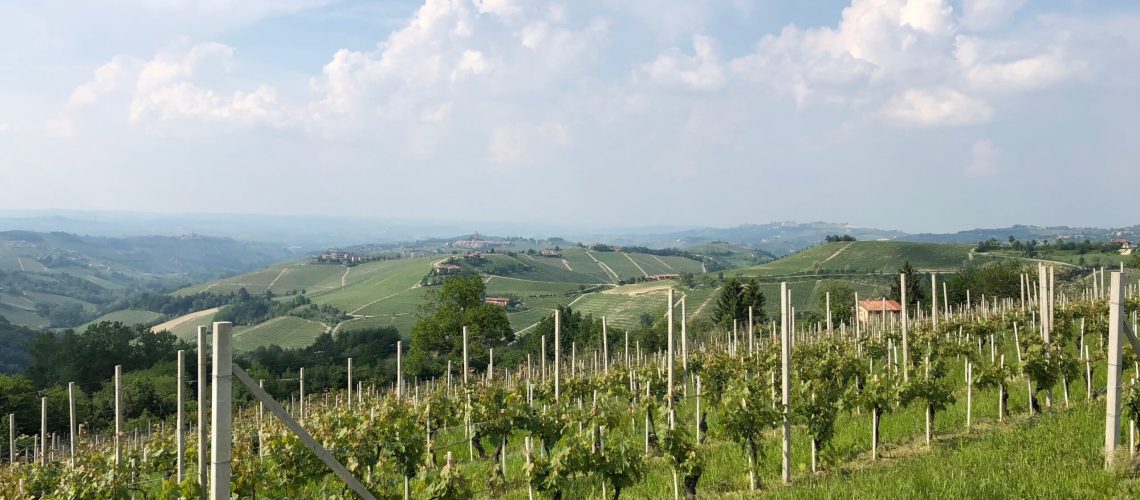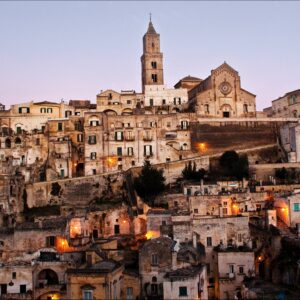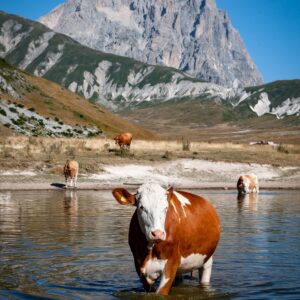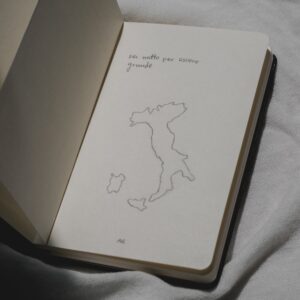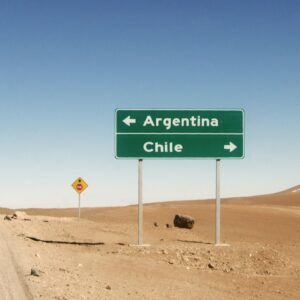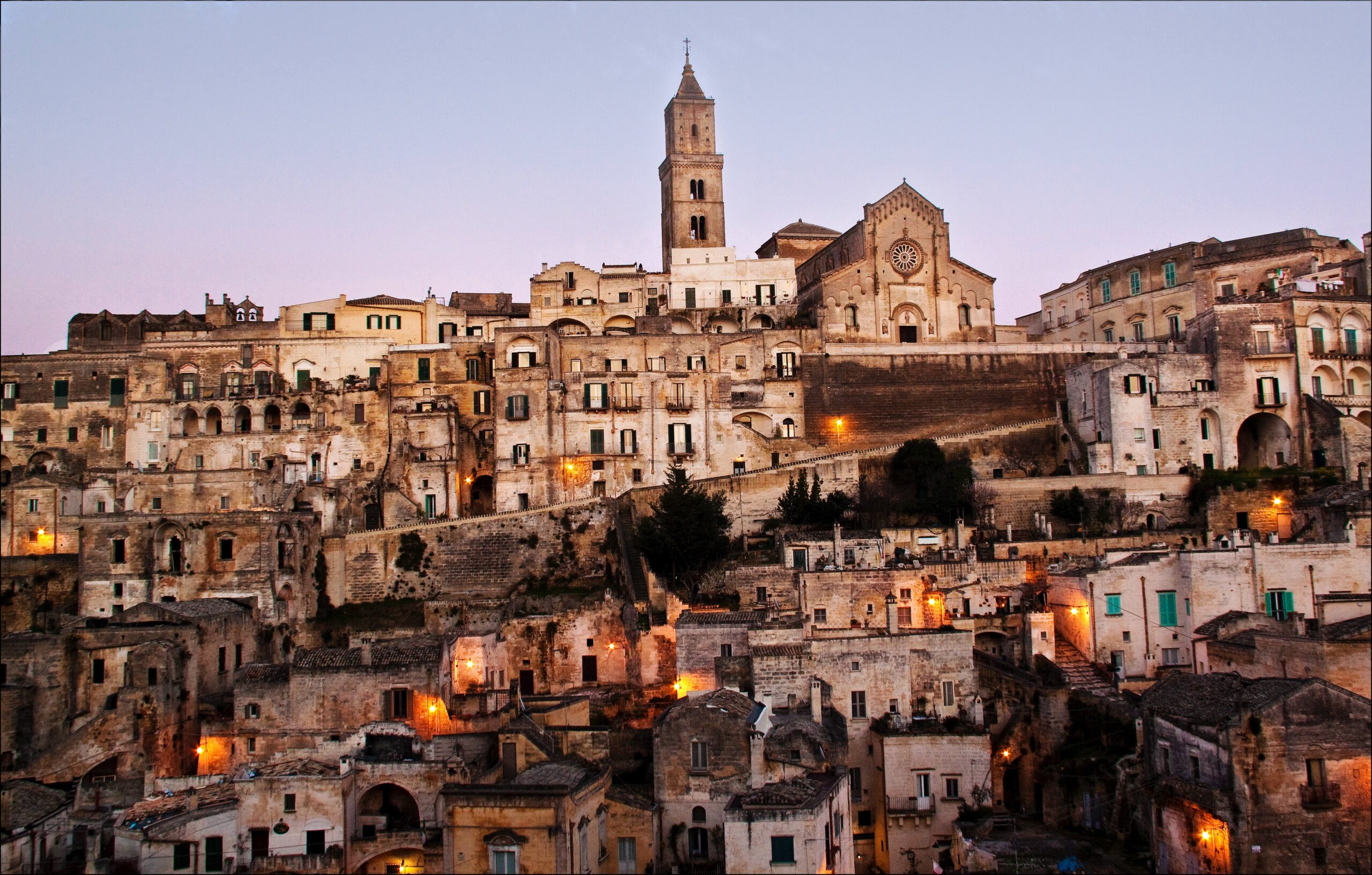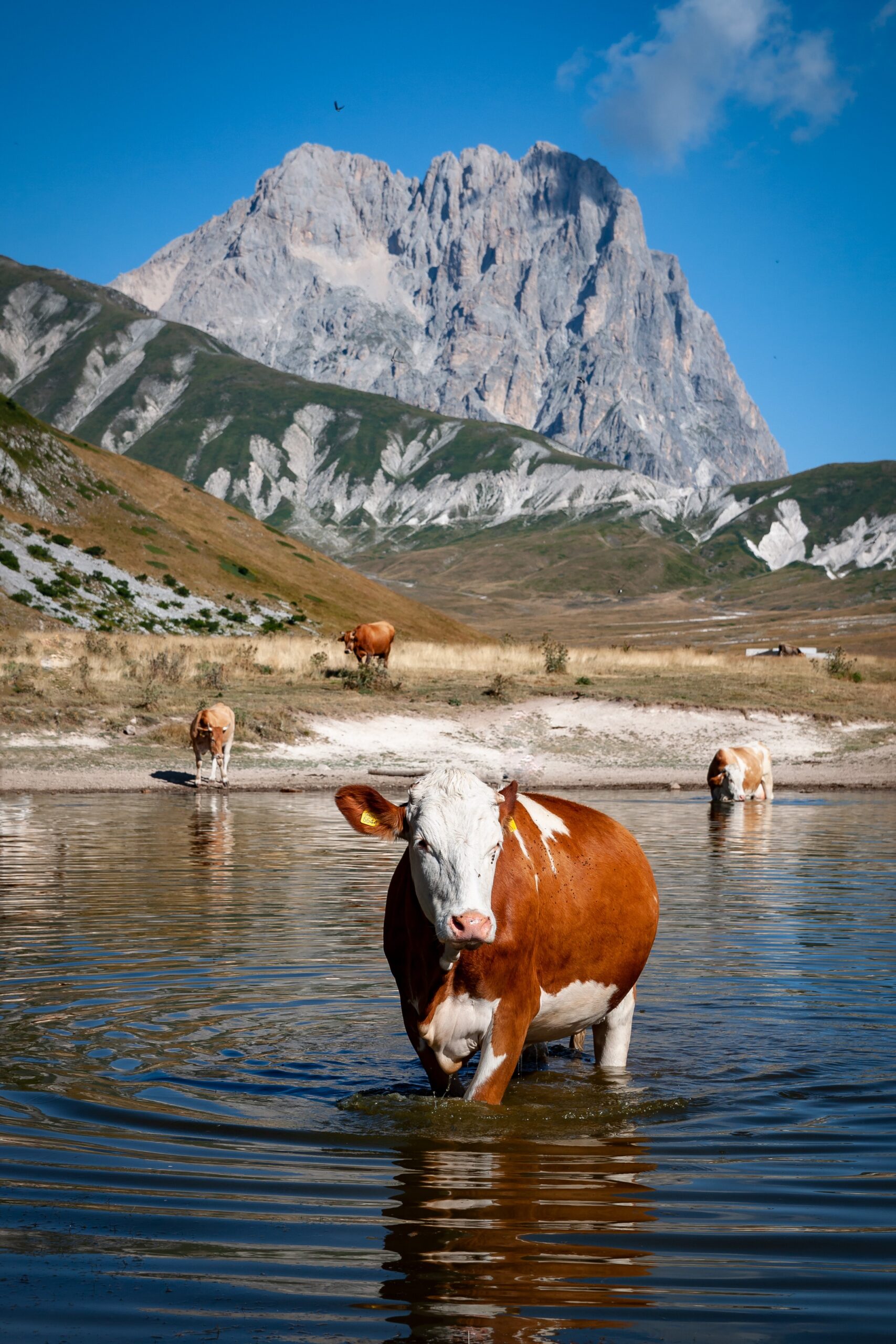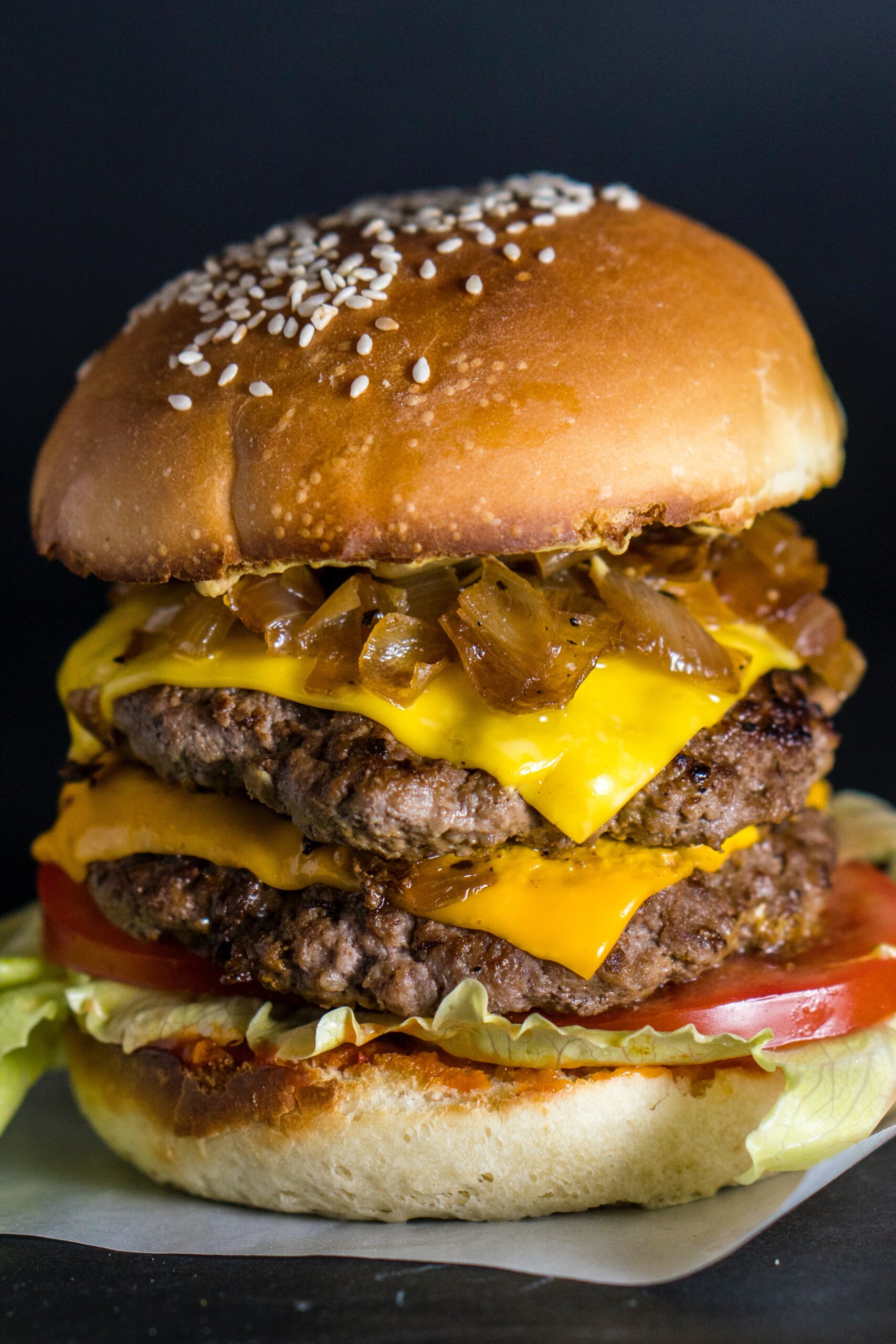Italy was made by Piedmont, and so was its gastronomy. Many of the dishes Italians love the most, which are considered generally “Italian”, are actually from Piedmont.
On the other hand, the wine heritage of the region is quite exclusive, boasting not only legendary wines – such as Barolo and Barbaresco – but also varieties that are not grown anywhere else (or so).
Roughly measuring 200 by 200 kilometers, running from Switzerland to Liguria and from France to Lombardy, Piedmont may appear like one of those regions that grow vines in every landscape, but so it’s not.
Despite being flat for almost one third of its surface, vineyards in Piedmont are only planted on hillsides, and no PGI wine is produced.
Vineyards and wines of Piedmont
There are more or less 45.000 hectares under vine in Piedmont, but the region is far from being a major producer, because there are many DOP wines and yields are low on average.
The region is mainly mountainous, but there isn’t any wine region at high altitudes. The variety of aspects and elevations of its hills, together with their distribution at different latitudes, is enough to provide a number of meso-climates, that results in a number of distinctive wines, even when they’re made from the same varieties.
Although there are differences, Piedmont enjoys an overall continental climate, because it is surrounded by mountains – Alps and Apennines – on three sides. Its fourth side opens on Padana Plain, but the sea is so far, going west, it can’t play any role in the region’s climate.
Some warmer, more Mediterranean sites are found in the southerly hills bordering with Liguria. Here the belt of hills is narrow and can’t fully act as a shield from the sea’s influence.
Wine styles in Piedmont
The King of wines…
… the wine of Kings. This trite definition of Barolo refers to the noble origins of the wine as we know it today, although it is often meant as a praise for the high quality and finesse of what is commonly recognized as the highest form of Nebbiolo.
The wine from the small town of Barolo, nestled in the Langhe hills, acquired its shape thanks to the Marquise Juliette, who came from a noble family from the Loire Valley and was committed to obtaining the best from the Nebbiolo variety. Thanks to the help of Camillo Benso and of the oenologist Paolo Francesco Staglieno, she turned an allegedly fizzy and sweetish wine into a dry, age-worthy red, whose fame skyrocketed after she sent 325 barrels of wine, each one containing 600 liters of wine, to the king Charles Albert of Sardinia.
Nowadays Barolo needs little introduction and demands long experience to be fully understood. It is made from 100% Nebbiolo grapes and must age 38 months (62 if Riserva), of which 18 in oak or chestnut barrels.
The subtle differences between growing sites, legally defined by around 180 additional geographical mentions, and their soils and exposures, explains its never ending fascination.
… and all the makings revealed.
Close to Barolo, lies the small town of Barbaresco, whose reputation has long been more than one step beyond. Historically, Nebbiolo from the area was merged into Barolo wines, so Barbaresco didn’t build its own name until the end of the XIX century, when the local cooperative was established by the director of the Royal School of Enology of Alba.
However, it is in the middle of XX century, when Angelo Gaja demonstrates and promotes its high potential, that Barbaresco starts gaining reputation.
This wine is also made from 100% Nebbiolo grapes, but it is aged for a shorter time, i.e. 26 months (50 if Riserva) of which 9 in wood.
Soils and sites are often similar to those of Barolo, although averagely warmer, something that it is believed to be the reason why the wine is more approachable and a little less long living. Such a generalization, however, has lost much of its meaning in the last decades.
Nebbiolo everywhere
Even if it’s not the most planted grape of the region, Nebbiolo is by far the most distinctive and commonly found in highly regarded appellation.
In the Langhe hills it is used to produce some DOC wines (Nebbiolo d’Alba if 100% and Alba if blended with Barbera), too, but it’s in the northern appellations where it still has something to say.
In the hills around Novara and Vercelli some of the most interesting appellations are found: Ghemme, on the eastern bank of Sesia River, and Gattinara, on the western, are prestigious and historical sources for fine wines from Nebbiolo (respectively made from a minimum of 85% and 90% of this grape). Meanwhile, their “satellite” appellations, whose wines are made by a higher proportion of local black varieties, such as Vespolina, Uva Rara and Croatina, are gaining popularity.
Nebbiolo is also the base variety for Carema, an appellation located right to the south of the border with Valle d’Aosta, with which it shares the Alpine environment and the harsh agricultural conditions. Landscape is characterized by the typical pergola system sustained by large stone pillars, distributed on thin-soiled, schistous terraces.Resulting wine is particularly fragrant and delicate, especially if compared with southern latitude Nebbiolos.
Out of the fog: more than Nebbiolo
However, Nebbiolo – whose name could be translated into “foggy”, because it is late ripening and historically was harvested during the fog season – is not the most planted variety of Piedmont, as it only accounts for 9% of the plantings.
One third of hectares under vine are planted with Barbera, a productive, easy-to-grow, and quite resistant black variety traditional of Monferrato that spread dramatically after the phylloxera epidemic, because it easily allowed abundant production.
Although it’s not clear where it originated, it is believed to be born in Monferrato. In any case, it is in the Monferrato hills that it is given the best sites and can express its full potential.
Nowadays it produces a range of wines, grown and vinified in a range of ways, that goes from protectively made, fruity wines with racy acidity, to ageworthy, concentrated reds elevated in small new barrels.
Dolcetto, Grignolino, Pelaverga and Freisa are other black varieties that populate vineyards of southern Piedmont, giving wines of different profiles and quality levels.
Particularly, Dolcetto – common both in Langhe and in Monferrato – is another variety that, similarly to Barbera, can result in easy drinking or in more complex wines, and whose potential has only recently been exploited.
A hint of white
They only account for a small proportion of the region’s production, but white wines are found in Piedmont, too.
Most famous is probably Gavi, made from Cortese grapes in the eponymous town only 50 kilometers far from the Ligurian Sea.
It gained international popularity thanks to its productivity, which allowed the production of many bottles of fresh and neutral white wines for export markets. It requires some efforts in the vineyard to keep the yields low, but it pays them back with more interesting and concentrated wines.
Less than 30 kilometers to the north of Gavi – i.e. one hour by bicycle! – lies Tortona and its hills, home of Timorasso, an ancient, rare, autochthonous white variety that is gaining increasing interest from experts and winelovers, especially thanks to its ability to improve by bottle aging.
Arnèis is typical of Roero, although found in Langhe, too, and is also an ancient variety that risked to disappear around the middle of XX century, mainly because it gives irregular yields and requires great care to give quality wines.
Moving further to the north, it’s Erbaluce the white protagonist of the vineyard. Most distinctive wines come from the dedicated appellation of Caluso, but fine examples are also made in the provinces of Novara and Vercelli, although it is not allowed to use this name on the label.
Sugar and bubbles
Again, nothing is missing in Piedmont. When it comes to choosing between sparkling or sweet wine, Piedmont’s answer is “all of the above”, possibly in the same glass.
The area of Alba produces an increasingly interesting, long aged, traditional method sparkling wine – Alta Langa – from (mainly) Pinot Nero and Chardonnay grapes, which really deserves a try, even if the area doesn’t immediately come to mind for bubbles.
Some delicious sweet wines are produced in Caluso, where a passito version of Erbaluce is found, and in Casorzo, from local Malvasia Nera (a black Malvasia).
However, they have a sweet tooth for sweet sparkling wines, in Piedmont.
Asti DOCG, made from Moscato grapes with the distinctive method, is surely the most famous, producing about 100.000.000 bottles and exporting a good percentage of them.
Less known is Moscato d’Asti, its artisanal little brother, with a much more limited production and a much higher reputation.
Brachetto is a red, sweet sparkling wine produced around Acqui Terme from Brachetto grapes, an aromatic variety that is also made into dry and passito wines, which are, however, less popular.
Freisa variety, in the end, is the base for a number of wine styles, all pretty simple and easy drinking. It does exist as a still and dry wine, but it’s more common as a frizzante or sparkling wine, often with detectable residual sugar (to counterbalance acidity and tannins), if not fully sweet.
Even if it is definitely still and not even really a wine, because aromas are added to it, it’s time to mention Barolo Chinato, a sweet specialty based on Barolo wine.
Typical wine and food pairings in Piedmont
If you ever have to describe the gastronomy of Piedmont in one word, choose “rich”: rich in typical products, rich in traditional recipes and rich in ingredient value.
Piedmont is where chocolate is most employed in patisserie, where high quality meat is abundant and where they grate truffles on as many dishes as possible.
The French influence is not only clear in pastry-making, but in cooking, too.
Fish may not be commonly found in Piedmont’s gastronomy, but small rivers and ponds offer abundant frogs, used to be consumed fried (although in the past a broth and a risotto made of them were more common, as well as simply boiled frogs).
When it comes to deep-fry, Piedmont can boast its own style of fritto misto (mixed dish of fried food), whose ingredients all come from the land, rather than the water: different cuts of meat from different animals (veal and pork cutlet, chicken breast, liver, lamb chops, beef brains, sausages), vegetables (mainly carrots, zucchini, eggplants and peppers) and sweet semolina or custard (or both), made into firm pieces and also breaded and fried.
While frogs are smaller and somehow similar to fish in taste, so that suggested wine can be an Alta Langa traditional method sparkling wine, fritto misto is definitely earthy, so that typically chosen wines are the lively reds from Monferrato.
Piedmontese cattle are extremely highly regarded both for the production of meat and of cheese, something rare nowadays. From Fassona piemontese come both selected meat for carne cruda all’albese (raw meat in the style of Alba), bollito (mixed boiled meat), vitello tonnato (boiled veal sliced and dressed with a sauce made of eggs, capers and preserved tuna fish) and brasato al Barolo (braised beef in Barolo wine), and high quality milk for toma, Raschera and Castelmagno cheeses.
Braised meat loves fuller bodied, more complex red wines such as aged Nebbiolos: Barolo, of course (especially when chosen to cook), and Barbaresco, but also Gattinara, Ghemme and Lessona. Carema, on the other hand, is usually more delicate and goes better with matured cheeses from cow milk or simpler beef dishes.
Among popular recipes, bagna cauda can’t be omitted. Essentially, it is a sort of pinzimonio, in which fresh or boiled vegetables are dipped in a hot sauce (that’s its name) made of butter, oil, garlic and salted anchovies.
Because of the anchovies, it is very savory, but the garlic and the presence of some raw vegetables make it hard to be paired with wine.
Present time choice is some restrained and fresh wine, such as Gavi or Timorasso. Some also like to counterbalance the taste of the sauce with delicate fruity and floral notes of Arneis, but don’t forget that traditionally bagna caoda was paired with young reds such as Barbera and Grignolino.
The abundance of chocolate in Piedmontese desserts suggests not to pair them with Asti, which is also usually not sweet enough to properly stand dessert pairing.
Moscato d’Asti, on the other hand, may still be too weak to pair with desserts, but is definitely higher in quality, and can happily be enjoyed alone.
Traditionally, it is also successfully paired with biscuits and cakes made with local hazelnuts.
Traditional chocolate desserts, like bunet or chocolate salami, are often served with Barolo chinato, although they probably are at their best alone – and you can have your glass of wine later!
Photo by Michael Heintz on Unsplash
